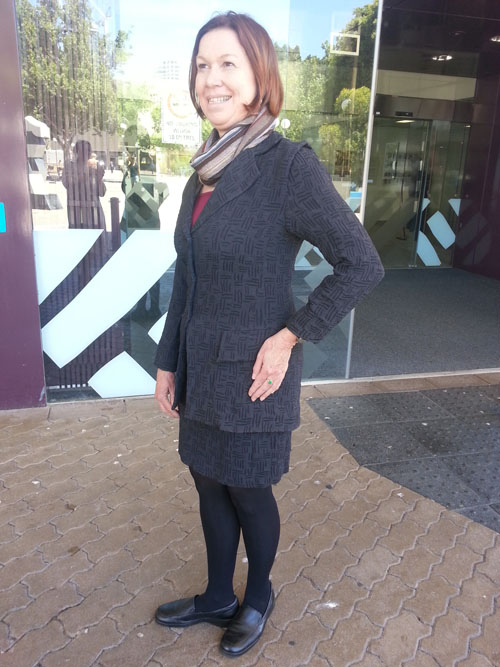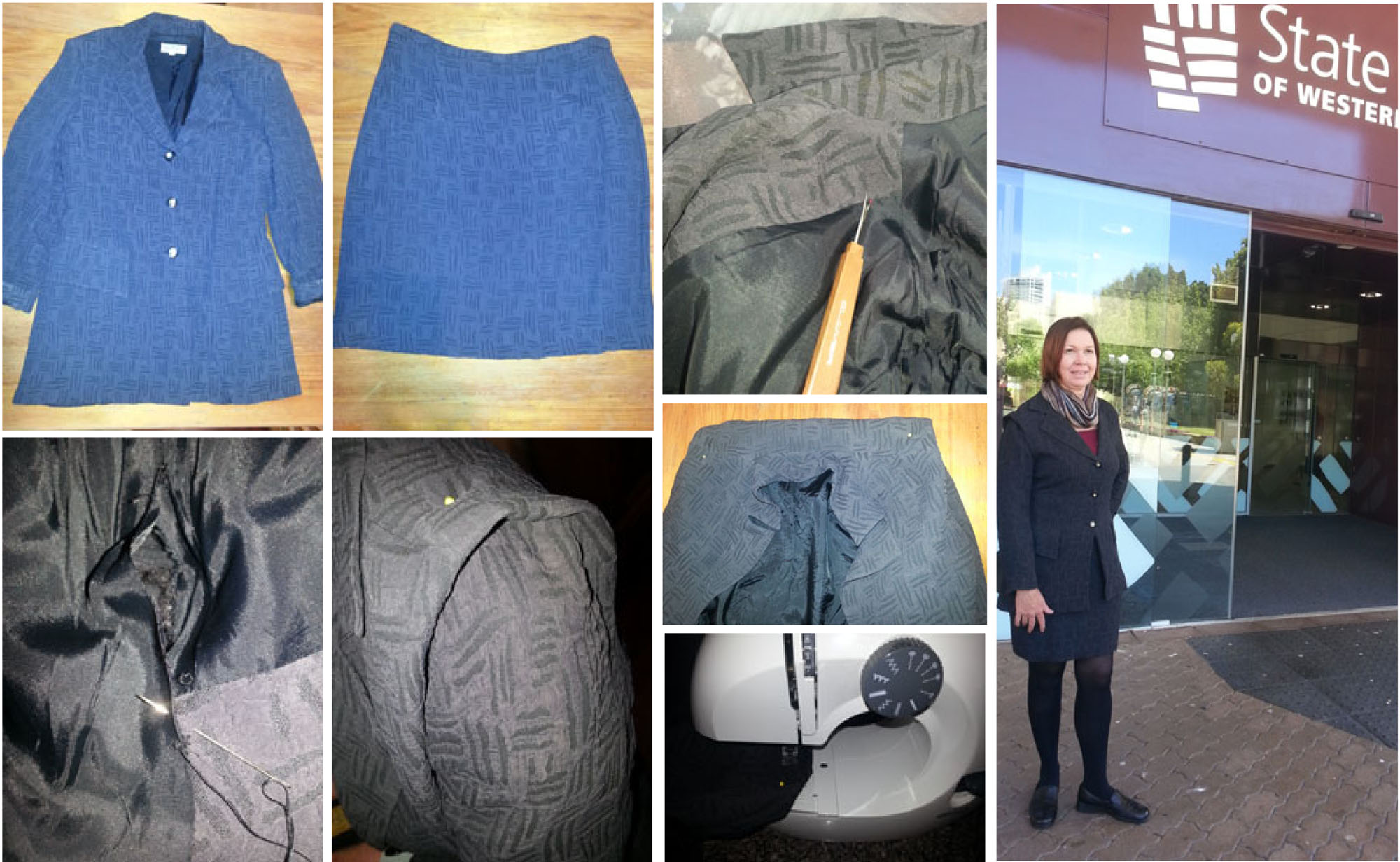 Television presenter Karl Stefanovic wore the same suit every day for a year to make a statement regarding the way female presenters are judged on appearance and dress.
Television presenter Karl Stefanovic wore the same suit every day for a year to make a statement regarding the way female presenters are judged on appearance and dress.
A fringe benefit of Stefanovic’s experiment is he demonstrated how long clothing lasts and how little we need for utilitarian purposes.
An average suit weighs about 1kg – yet the global average consumption of clothing is 11kg/person/year (up 80% from 7kg/person/yr in 1992) according to the UN Food and Agriculture global apparel fibre survey (pg 2).
Imagine the sheer volume of clothing that is sitting in wardrobes, cast aside after one or two wears, shed into charity shops or dumped into landfill? Tens of thousands of tonnes of clothing every year.
The Sew it Again project believes the greenest clothing is that which already exists – and is undertaking a year-long demonstration of how we can reuse, reshape and refashion existing clothing instead of buying new.
Today’s upcycle Sew 321 is an opshop-found suit from which we’ve removed the shoulder pads. After unstitching the lining at the shoulder and extracting the pads, we restitched the seam by hand. To counterbalance the now saggy shoulders, we tucked the top of the sleeve under the shoulder and stitched firmly in place (using the travel sewing machine) at the shoulder but left to fall freely at front and back. The fold becomes a shoulder feature. My sister Jo wore the upcycled suit for business today at the State Library of Western Australia.

I’m a first time looker with beginners skills in sewing, no machine and am on the road, so limited space. My weight has fluctuated over the last few years and would appreciate any tips on expanding my smaller sizes.
Regards
Hi Mary, thanks for stopping by. Using two smaller garments to create one expanded one might be what you need. It is a bit tricky if you do not have a sewing machine, as you are limited to hand-sewing, cutting or knotting.